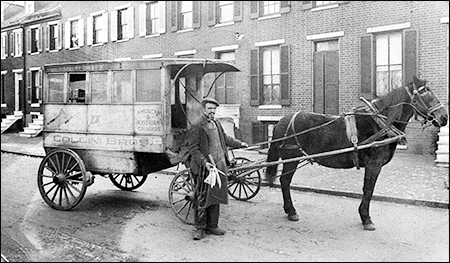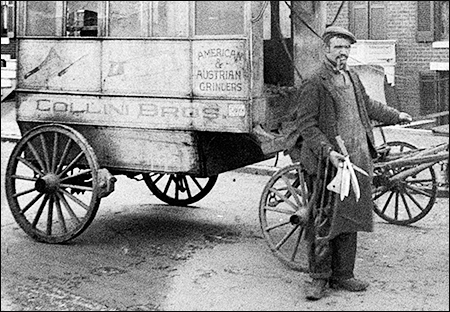silenthunterstudios
Slipjoint Addict
- Joined
- Feb 2, 2005
- Messages
- 20,039
This blog has some great photos of knife grinders from around the world. This photo is from the end of the time known as the Old West but from Baltimore, not the West.
https://remouleurs.wordpress.com/


That's a good point. I'm glad you said it and I didn't though.BRL says buy the knife, not the story. But a lot of folks enjoy the stories. Fantasy is often more pleasant than history. But sometimes history is just as extraordinary.

I wouldn't mind meeting her...
